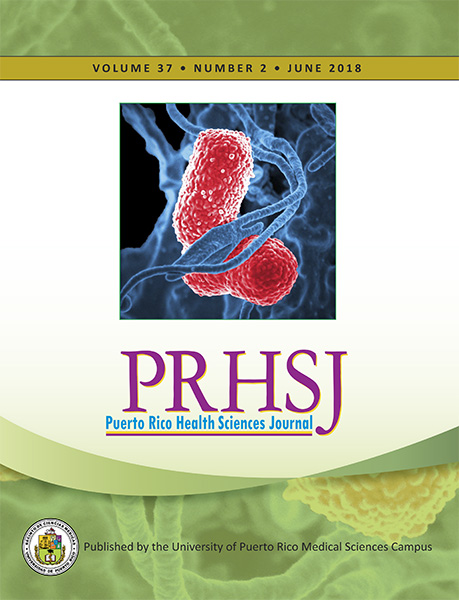Abstract
Objective: Vitamin D status is primarily dependent upon sun exposure and dietary sources, however genetic, cultural, and environmental factors can have a modulating role in the measured amount. One under-reported factor is the effect of regular living quarters on the degree of sun exposure. Herein, we assess vitamin D status in the blood of Rhesus monkeys (Macaca mulatta) housed in high amounts of sunlight (corn-cribs), medium sunlight (corrals with shaded areas), and minimal sunlight (quarantine cages). Methods: Fifty-five male Rhesus monkeys, aged 1 to 31 years were housed in varying amounts of sun exposure at the Caribbean Primate Research Center. Serum was collected and analyzed for 25 OH Vitamin D which is the preferred metabolite for determination of Vitamin D using High Performance Liquid Chromatography (HPLC). Results: 25 OH Vitamin D levels in blood were significantly greater in corn-cribhoused monkeys than in corral or quarantine-housed animals (p > 0.01 and p >0.001 respectively). Significant differences of serum levels were not found when ages of animals housed in the same environment were compared. Conclusion: Monkeys housed in a tropical environment with the greatest amount of exposure to sunlight maintain the highest serum levels of 25 OH vitamin D independent of age. These findings emphasize the importance of documenting the environment in which subjects typically spend their time when Vitamin D results are interpreted.
Authors who publish with this journal agree to the following terms:
a. Authors retain copyright and grant the journal right of first publication with the work simultaneously licensed under a Creative Commons Attribution License that allows others to share the work with an acknowledgement of the work's authorship and initial publication in this journal.
b. Authors are able to enter into separate, additional contractual arrangements for the non-exclusive distribution of the journal's published version of the work (e.g., post it to an institutional repository or publish it in a book), with an acknowledgement of its initial publication in this journal.
c. Authors are permitted and encouraged to post their work online (e.g., in institutional repositories or on their website) prior to and during the submission process, as it can lead to productive exchanges, as well as earlier and greater citation of published work (See The Effect of Open Access).
